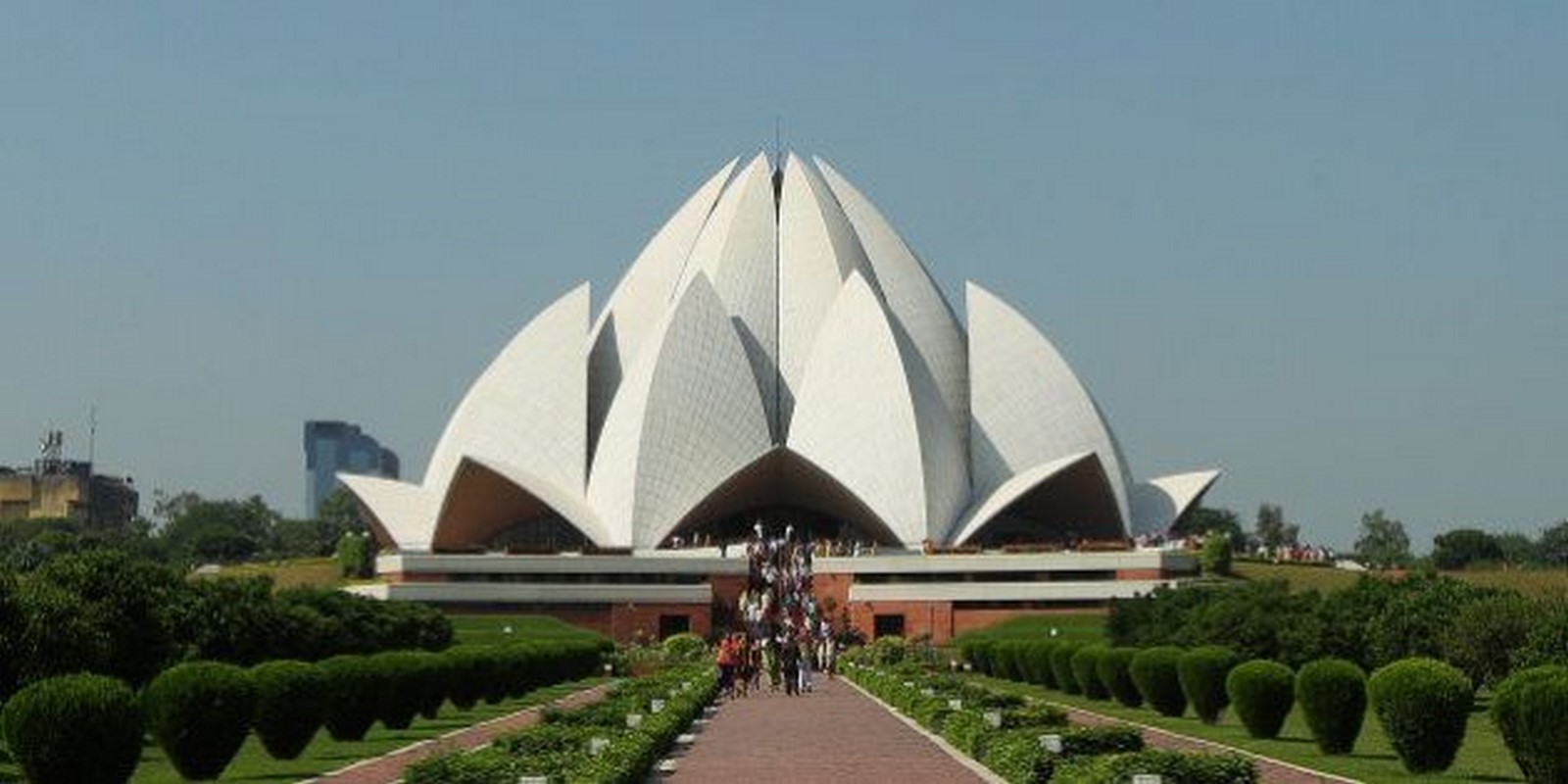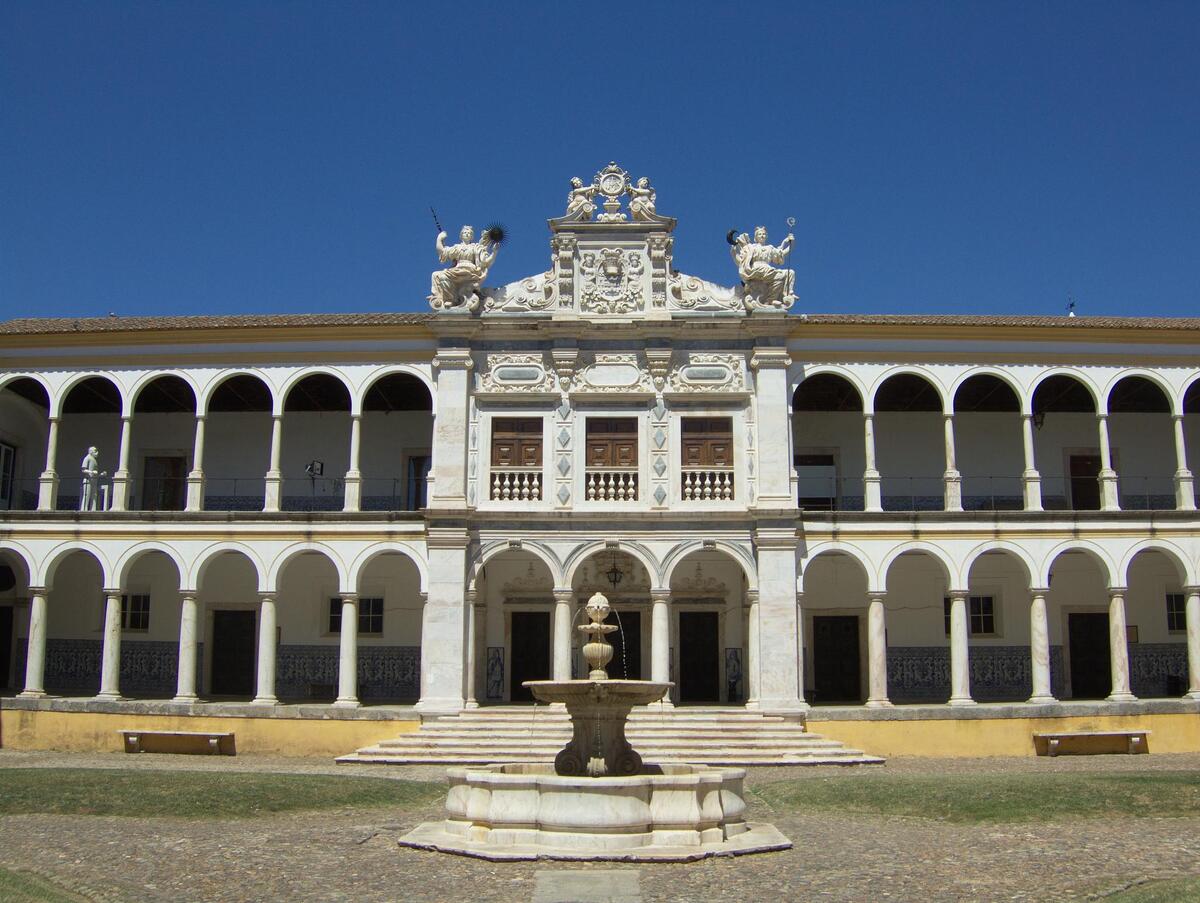How Does Architecture Contribute To The Preservation Of Cultural Heritage?

Architecture is not just about creating functional buildings but also about preserving cultural and heritage values that are embedded in the built environment. These values are often reflected in the form, materials, and detailing of buildings, providing a glimpse into the history and identity of a place. In this article, we explore the different cultural and heritage values that can be seen in architecture.
1. Tradition and Culture
Architecture is often shaped by the local traditions and culture of a place. Traditional buildings reflect the values, beliefs, and lifestyle of a particular community and are a testament to their history. For example, the traditional houses of Rajasthan in India are made of sandstone and feature intricate carvings and murals that depict scenes from Hindu mythology. These buildings reflect the cultural roots of the region and are a source of pride for the local people.
2. Religion and Spirituality
Religion and spirituality have played a significant role in shaping the architecture of many regions. Religious buildings such as temples, mosques, and churches often feature unique architectural styles and elements that reflect the beliefs and practices of a particular faith. The Great Mosque of Mecca, for example, is an iconic example of Islamic architecture, featuring a grand courtyard, elegant arches, and intricate calligraphy.
3. History and Identity
Buildings can also reflect the history and identity of a place, providing a glimpse into the past. Historical buildings such as castles, forts, and palaces are often preserved as symbols of a region's rich heritage. For example, the historic Machu Picchu site in Peru is a testament to the ingenuity and skill of the ancient Inca civilization. The ruins of the city feature impressive stone buildings and terraces that are still standing centuries later.
4. Art and Aesthetics
Architecture is also a form of art and aesthetics, reflecting the values and tastes of a society. Buildings can be designed to evoke particular emotions or create a particular mood. For instance, the Art Nouveau style of architecture that emerged in the late 19th century is characterized by organic forms and decorative elements that create a sense of luxury and opulence. The style was popularized in cities such as Paris and Vienna and was a reflection of the growing affluence and prosperity of the time.
5. Sustainability and Environment
Modern architecture is increasingly influenced by the need for sustainable and environmentally friendly buildings. Buildings today are designed to minimize their impact on the environment and to incorporate energy-efficient technologies. For instance, the Burj Khalifa in Dubai is not only the tallest building in the world but also incorporates a range of sustainable features such as water-efficient landscaping and a high-performance facade that helps to reduce energy consumption.
6. Innovation and Technology
Architecture is also a field that is driven by innovation and technology. New building materials and building techniques are constantly being developed, leading to the emergence of new architectural styles and forms. For example, the Parametricism style of architecture that emerged in the early 21st century is characterized by complex shapes and curvilinear forms that are made possible by the use of advanced computational tools.
7. Social and Economic Factors
The architecture of a place is also influenced by social and economic factors. For example, buildings in rapidly growing cities such as Dubai and Shanghai are often designed to accommodate large numbers of people in a limited amount of space. Skyscrapers and high-rise buildings are common in these cities, reflecting the need to provide housing and office space for an ever-increasing population.
8. Political and Ideological Factors
Finally, architecture can also be influenced by political and ideological factors. Governments and political leaders often use architecture to project a particular image or message. For example, the grand government buildings of Washington D.C. are designed to promote a sense of power and authority, reflecting the ideals of democracy and freedom that the United States was founded on.
Architecture is a complex and multifaceted field that reflects the values, beliefs, and aspirations of a society. From tradition and culture to sustainability and innovation, the values that can be seen in architecture are diverse and varied. Understanding these values can help us appreciate the built environment around us and contribute to the development of architecture in the future.
FAQ
What is cultural heritage in architecture?
Cultural heritage in architecture refers to the cultural, historical, and social values that are embodied in the built environment. This includes traditional building styles, religious architecture, and historical landmarks.
How does architecture reflect cultural values?
Architecture reflects cultural values through the use of materials, forms, and detailing that are specific to a particular community or region. Traditional buildings often incorporate cultural motifs and symbols that give them unique character and identity.
What is the importance of preserving cultural heritage in architecture?
Preserving cultural heritage in architecture is important because it helps to maintain the cultural identity and history of a place. It also provides a link to the past and can serve as a source of inspiration for future generations.
How does sustainability influence architecture?
Sustainability influences architecture by promoting the use of energy-efficient technologies and materials that minimize the impact on the environment. Buildings today are designed to be more environmentally friendly and to reduce energy consumption.
What is the impact of politics on architecture?
Politics can have a significant impact on architecture, with governments and political leaders often using architecture to project a particular image or message. Grand government buildings, for example, are often designed to promote a sense of power and authority.
How does innovation drive architecture?
Innovation drives architecture by leading to the development of new building materials, construction techniques, and design methodologies. New technologies such as computational design tools are also driving the emergence of new architectural styles and forms.
What is the role of architecture in society?
The role of architecture in society is to provide functional and aesthetically pleasing buildings that meet the needs of the community. Architecture also reflects the values and aspirations of society and can help to shape the culture and identity of a place.




Post a Comment for "How Does Architecture Contribute To The Preservation Of Cultural Heritage?"